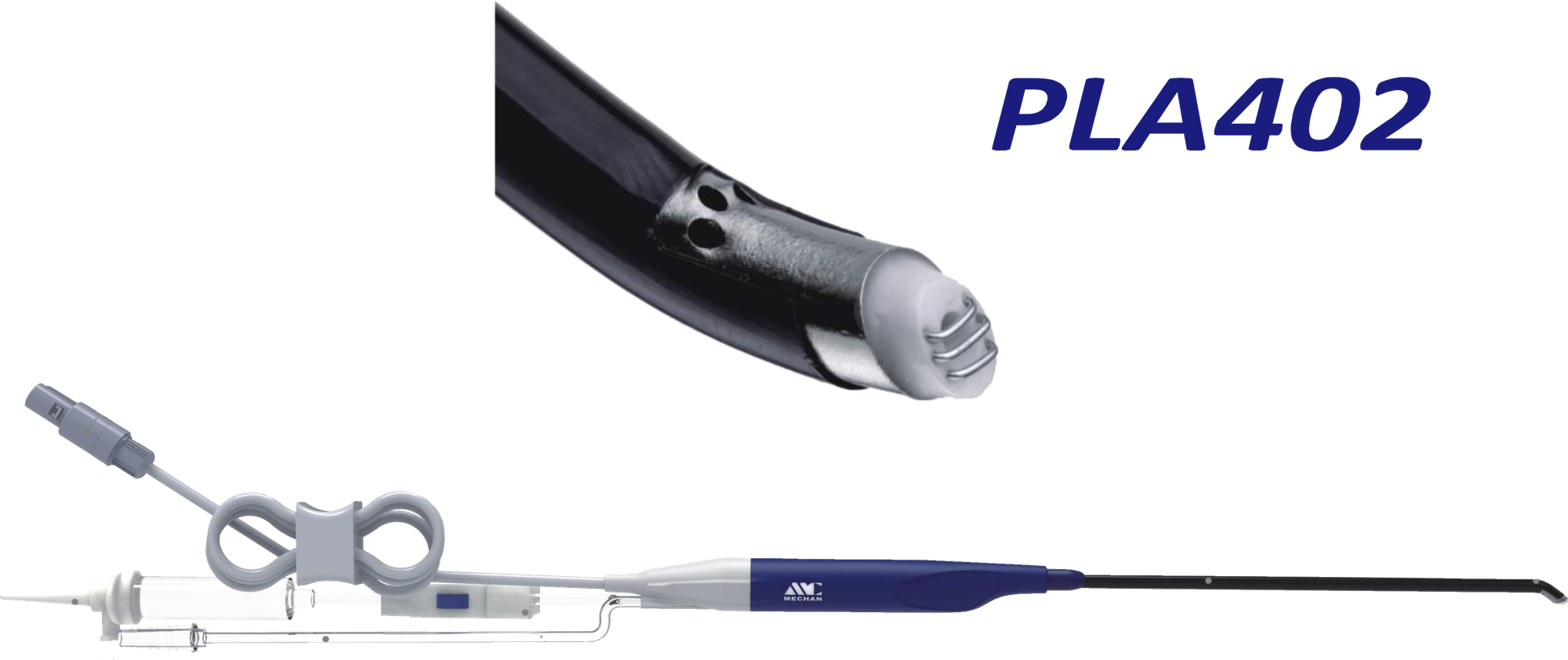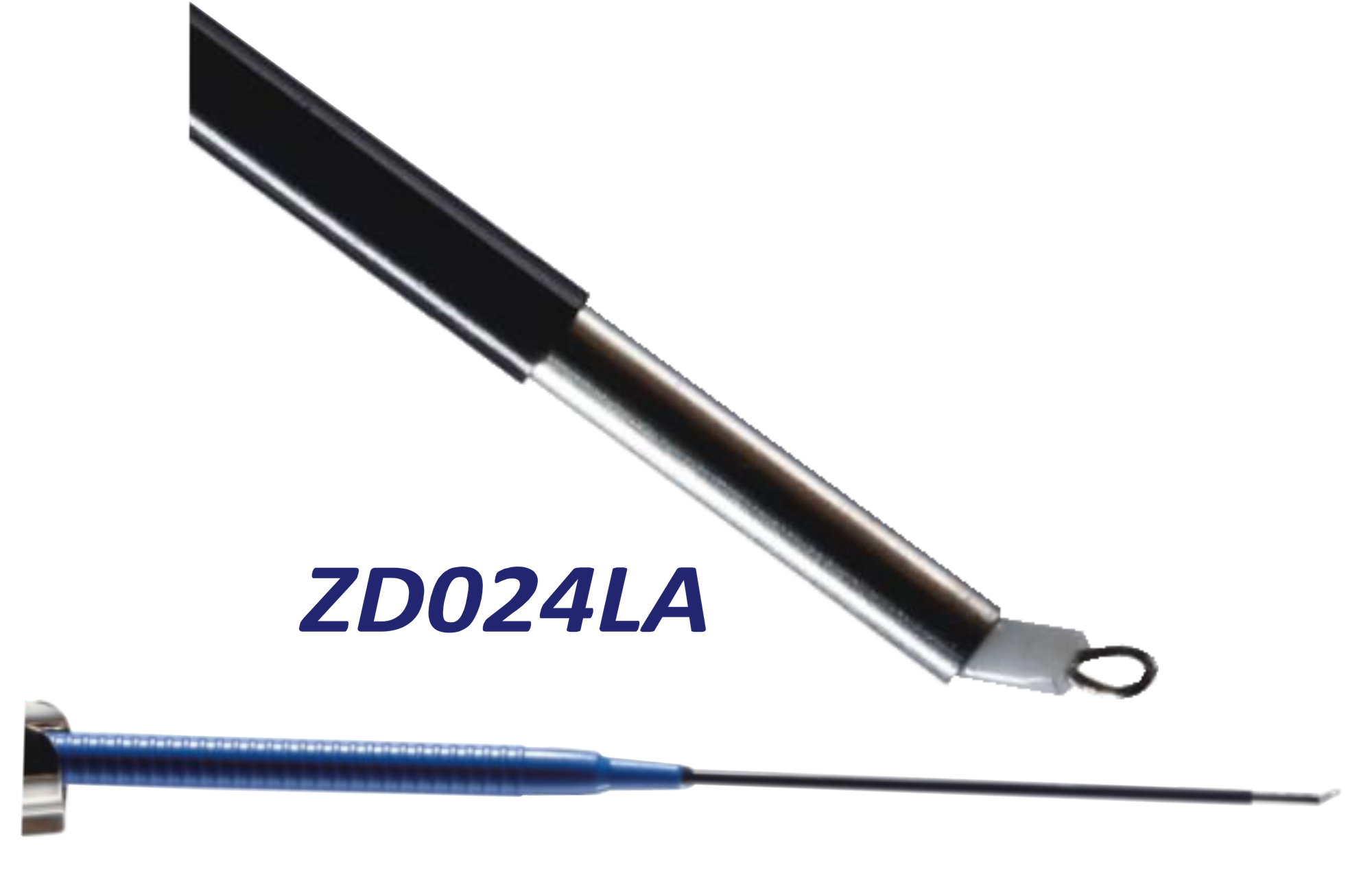Plasma Surgery System for ENT
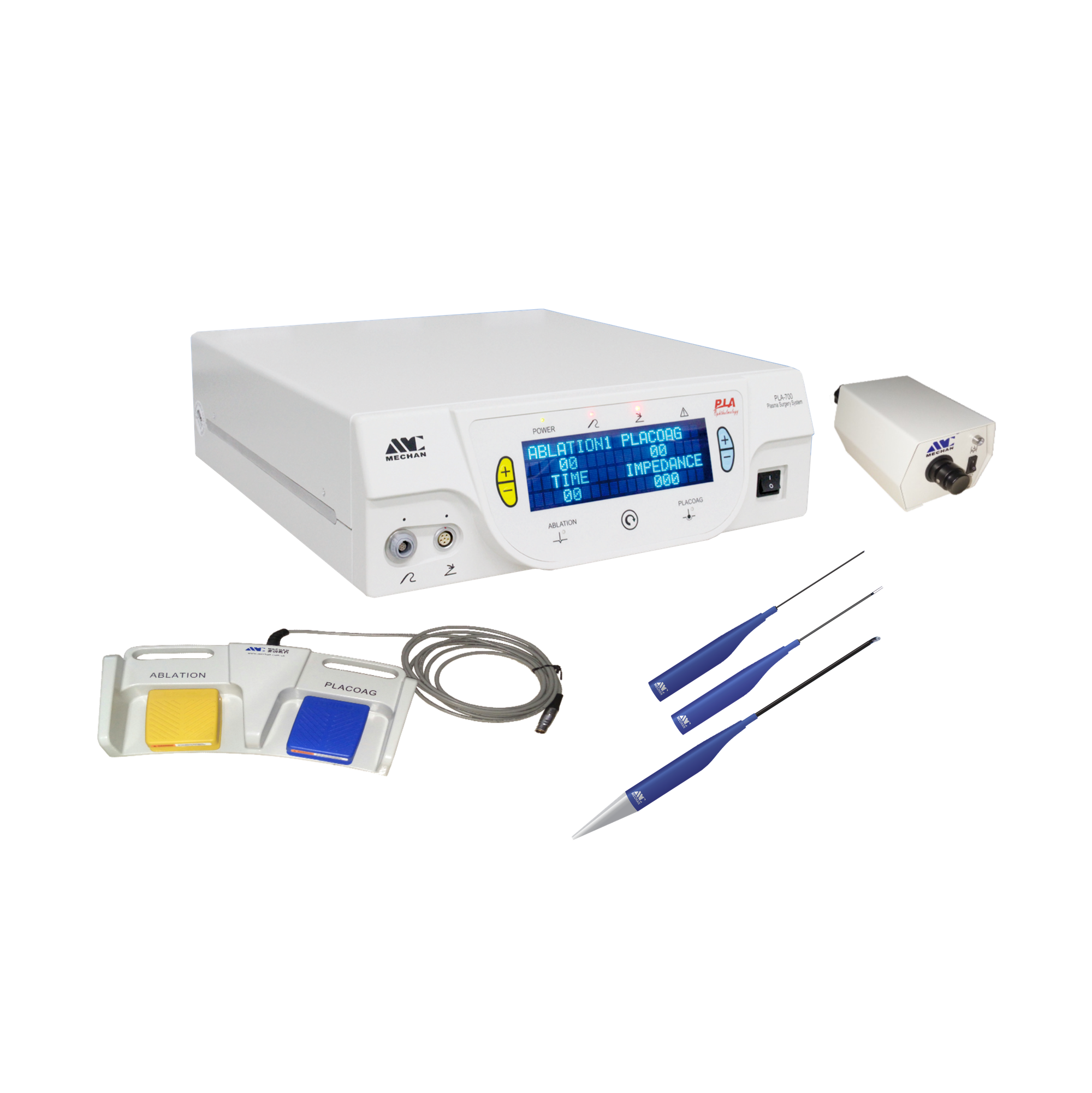

Plasma Surgery Advantage
* Plasma Surgery-Advanced Surgical Method.
- Minimal-invasive, more safety and less blood loss.
- Reduced tissue thermal damage with low temperature.
- Reduced patient pain with fast recovery.
- Shorten hospital stay time.
* Functions
- Provides 2 ablation modes and 1 coagulation mode.
- Provides automatic identification of probe,
footswitch connection status,
and supports power output settings with default level
according to the different probe design. - Hardware protection circuit design
- Stop energy output when detecting blade met short circuit. - The online impedance monitoring detection technology
reducing the risk of thermal damage.
Reduced thermal damage : Working temperature is controlled at 50oC
| Plasma surgery Average Temperature 40-50oC | Electrosurgery Average Temperature 250-350oC |
Plasma surgery System VS Electrosurgery System | |
Plasma Surgery System | Electrosurgery System |
| Generate Plasma layer | Arc |
| Break molecular bonds | Cells Evaporation |
| 40-70oC | 300-600oC |
| Work in Saline Solution | Can’t Work in Saline Solution |
| Bipolar | Monopolar |
| Thermal Damage of 1mm | Thermal Damage of 3-5mm |
| Not Carbonized | Carbonized |
Plasma Surgery System & Disposable Probe
Multifunction Plasma Surgery System
Provide resection, ablation, coagulation, hemostasis, irrigation and suction functions. in one disposable plasma probe.
No Deep Tissue Injury
Provide a cooling environment to ensure that the ablation/coagulation of the tissue is achieved at a lower temperature to ensure the biological acvity of the remaining tissue.
Ergonomic Handle and Adjustable Shaft
Provide smaller diameter and flexible shaft design and make it easier for swift access to diverse anatomical structure with an improved endoscopic view of the surgery. Saline irrigation helps keeping surgical view clean.
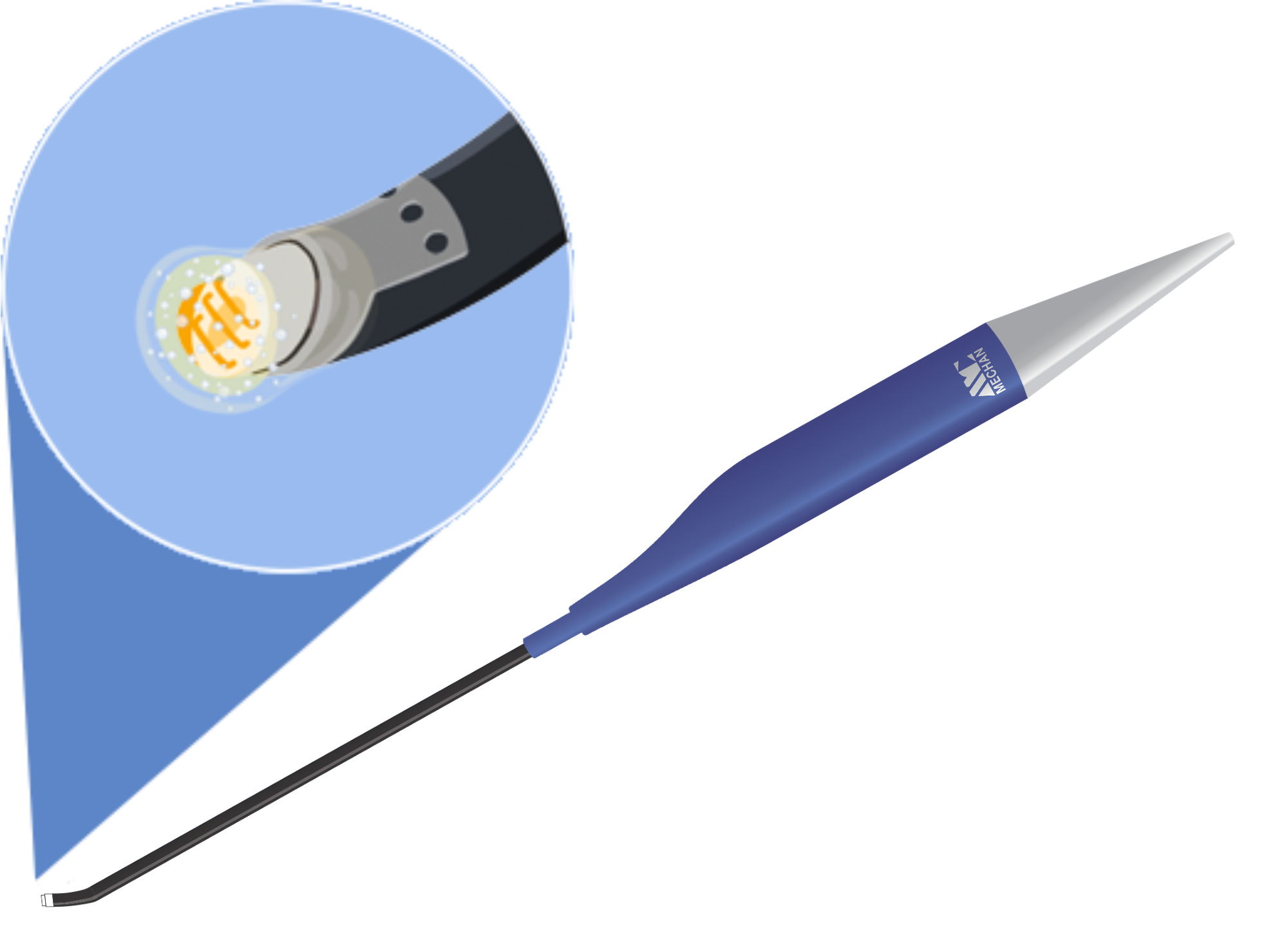 | 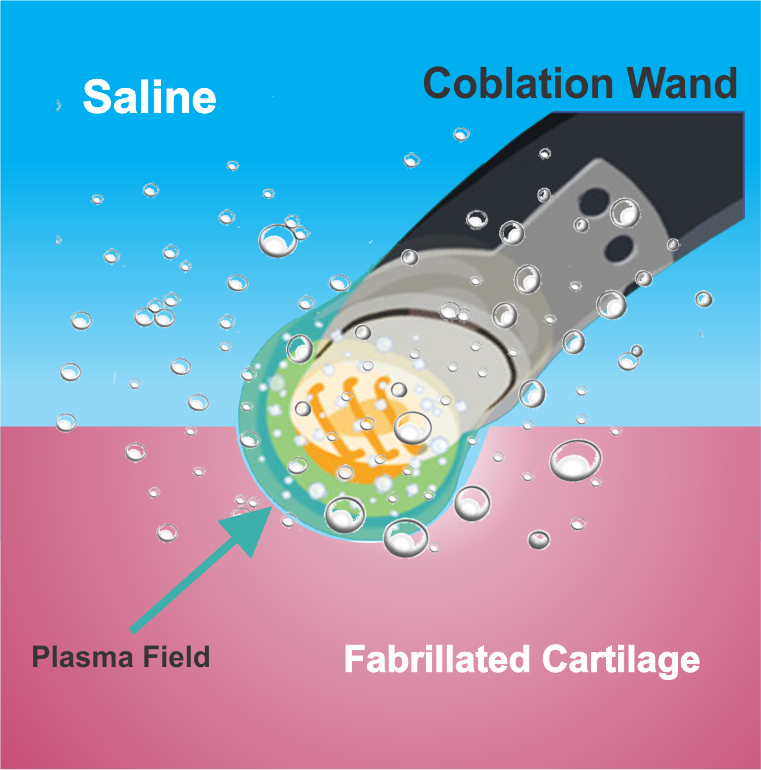 |
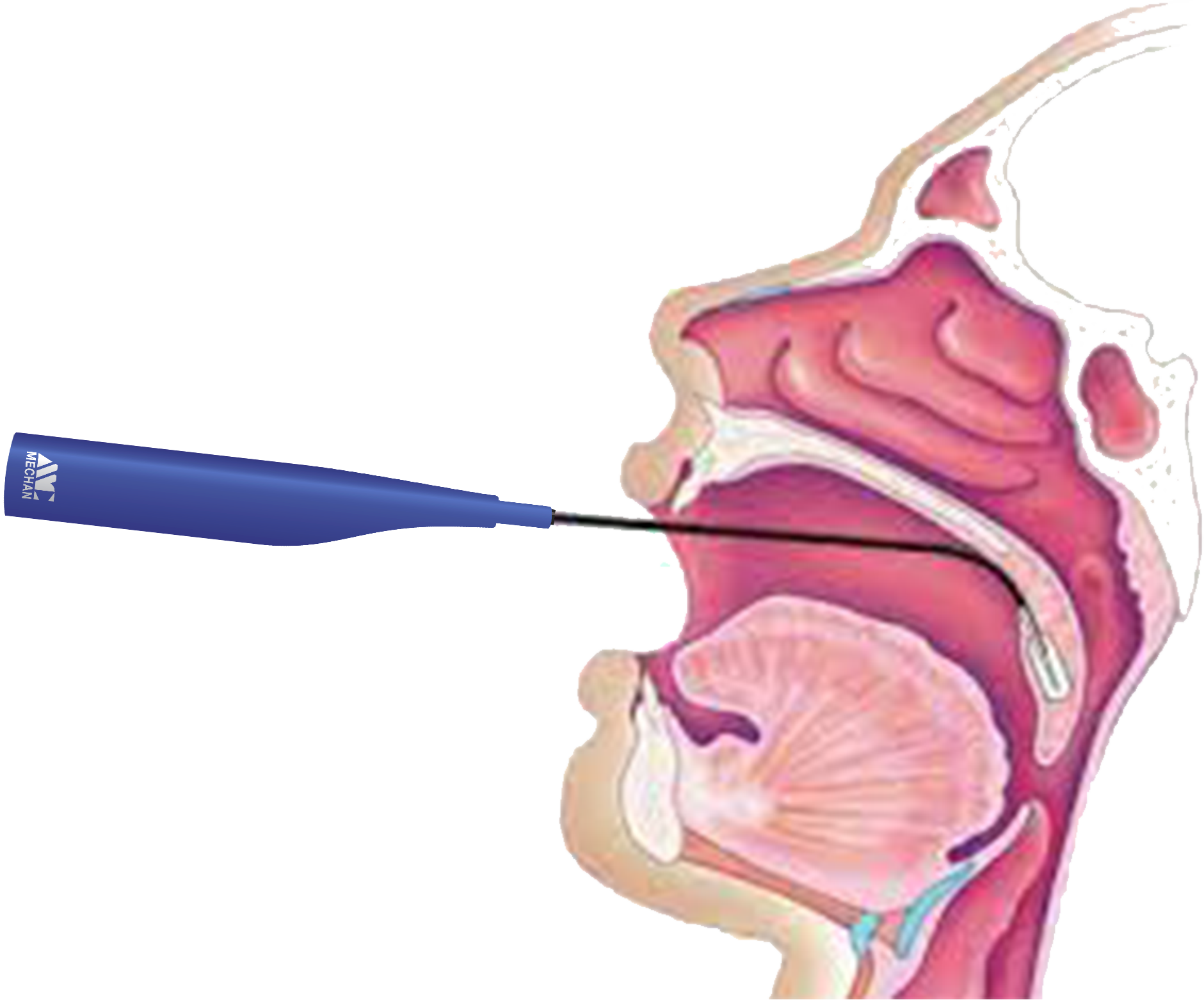 | |
Disposable Plasma Probe Selection
Related Clinical Applications
- Turbinate Reduction
- Nasal Surgery
- Tonsillectomy
- Adenoidectomy
- Uvulopalatoplasty
- Laryngeal Lesion Debulking
- Soft Palate Reduction

Mechan Plasma Treatment System has the advantages as below:
tissue surface temperature kept at 40-70 oC ,
collateral damage to surrounding healthy tissues limited to the least,
heat penetration controlled at the best,
focused ablation at tissues in the way of molecular separation and others.
Functions Bipolar or multi-polar cutting, low temperature ablation, resection, hemostasis and coagulation, minimally-invasive, safe and reliable way.
One ABLATION modes (including resection, hemostasis and ablation);
One PLACOAG mode (including hemostasis; coagulation).



